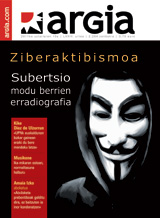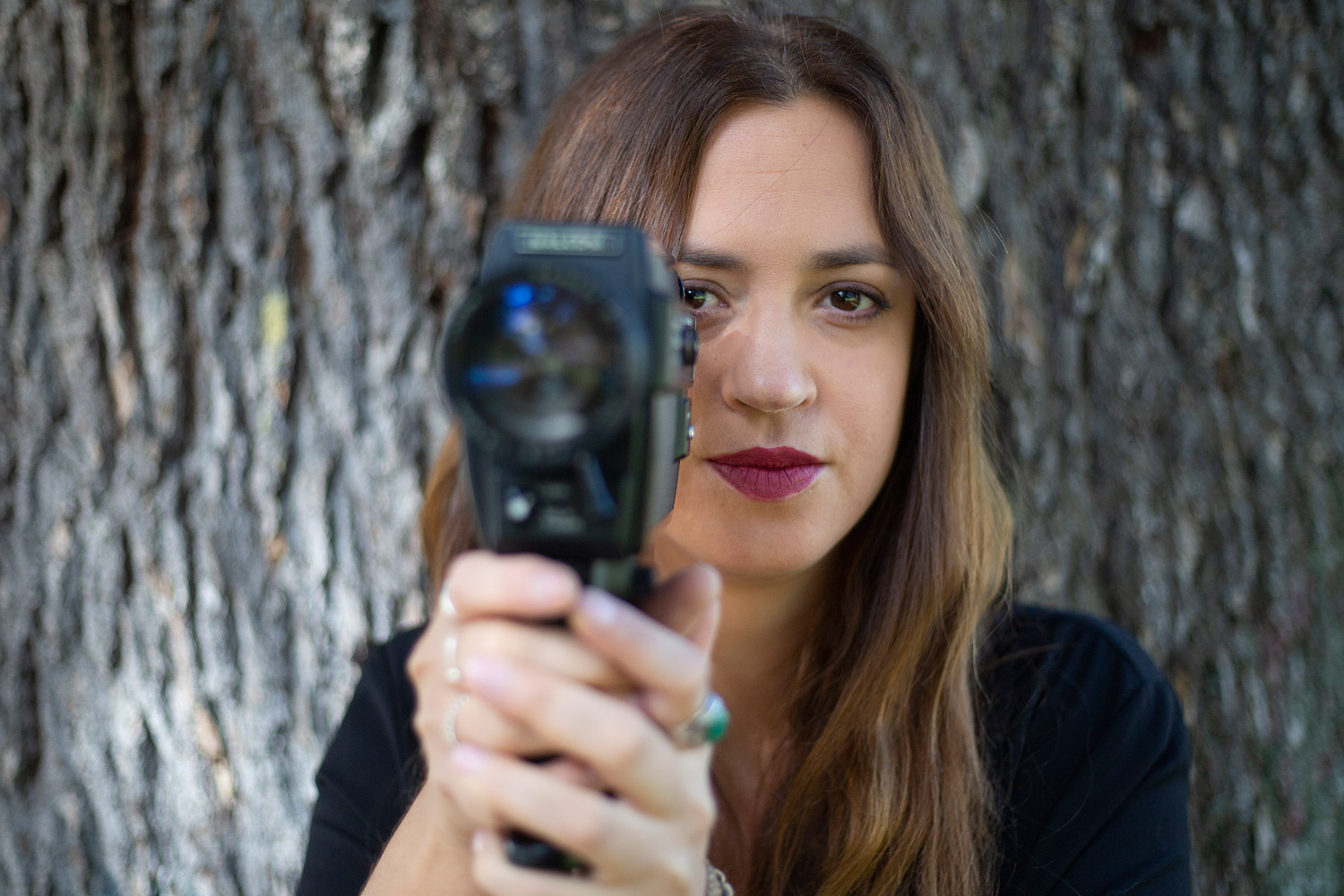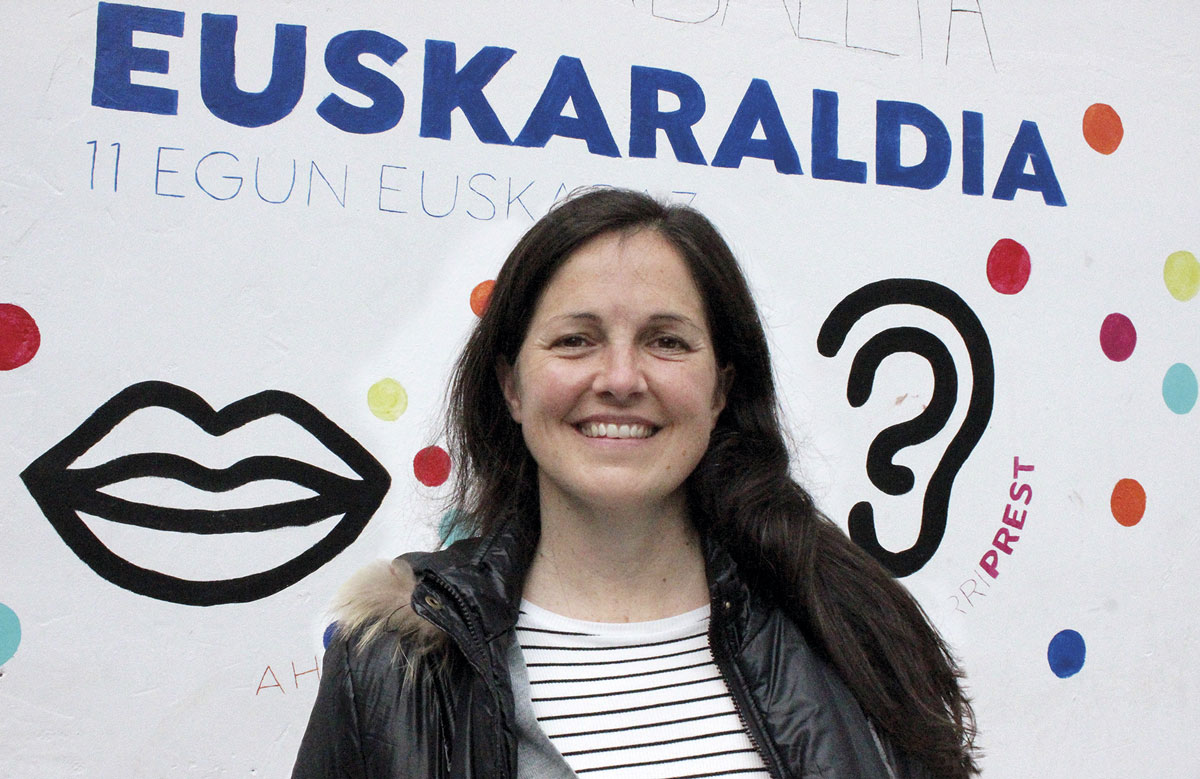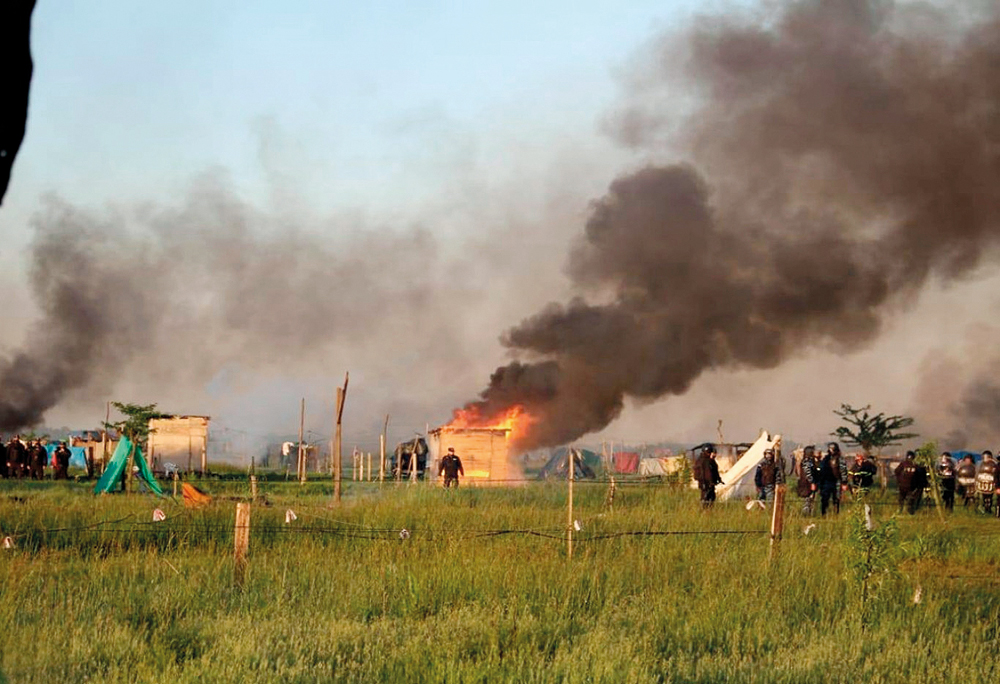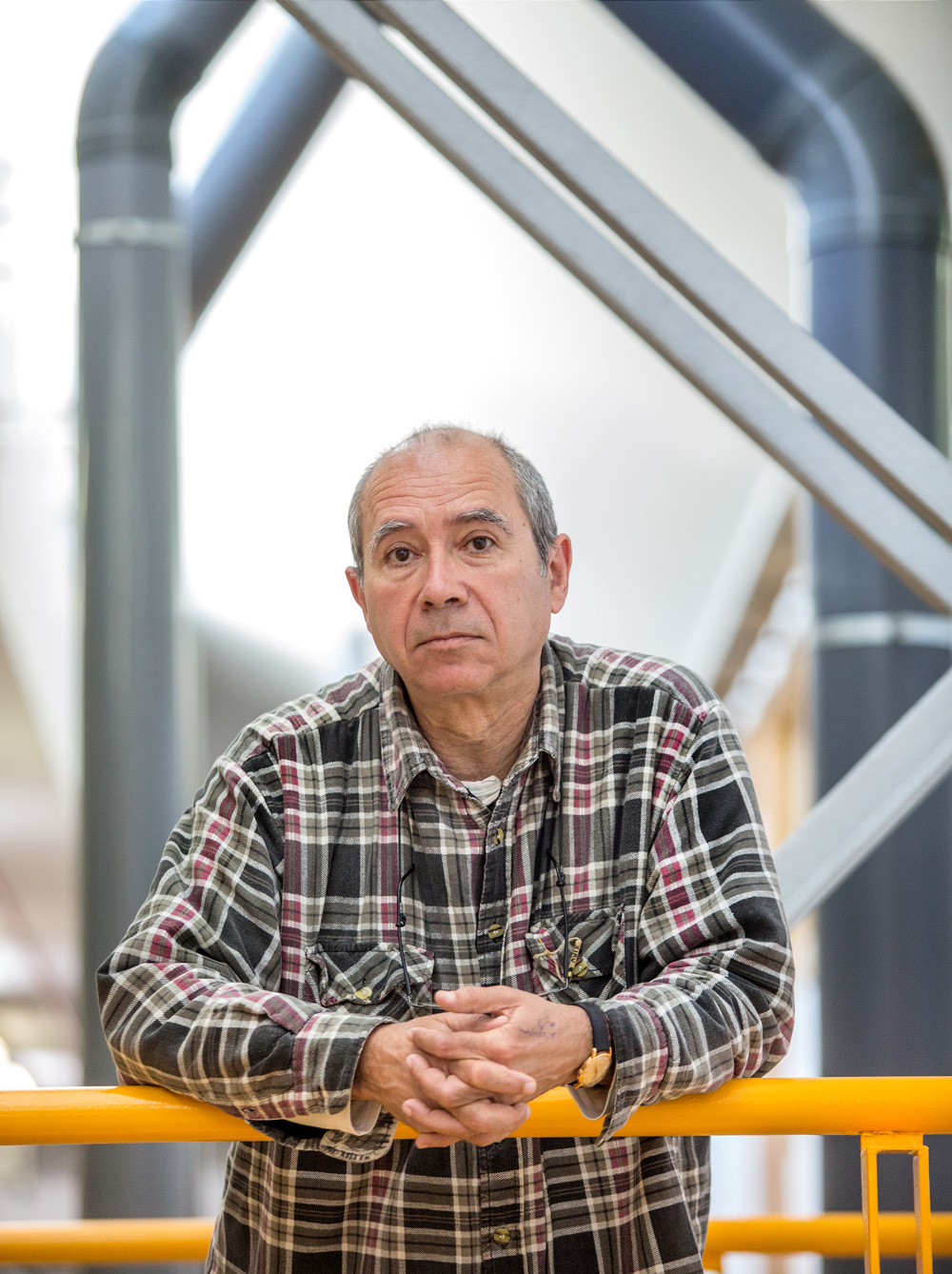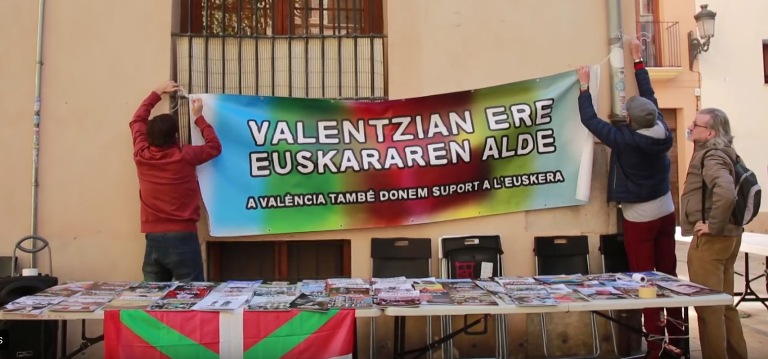Mysterious Murder to the Far West
- A hundred years ago, I lived in Eagleville, the United States. Eagleville is located in Surprise Valley, northeast of California, on the border with the state of Nevada. Next to him is Little High Rock Canyon (Nevada), known for an accident in which a young man died. In the snowy winter of 1911, four men were found dead in that canyon, three of them Basques.
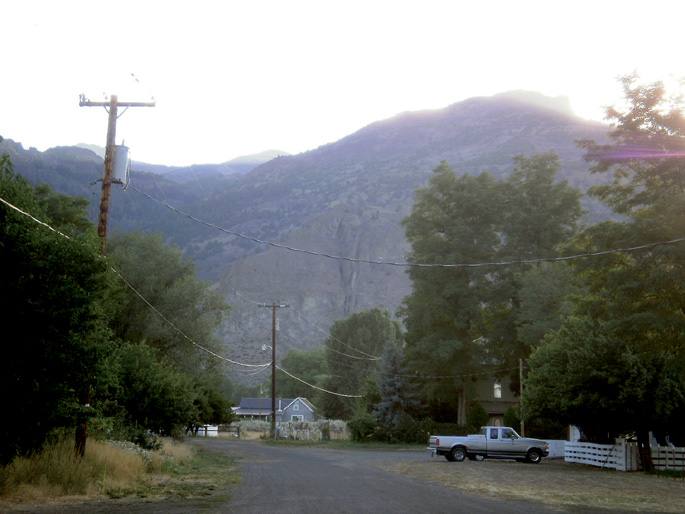
Frozen corpses of the four men were found on 10 February in a rural area. The three Basques were pastors, John B. Laxague, Pete Erramouspe and Bertrand Indiano, and the fourth, Harry Cambron, was Anglo-Saxon. According to Doctor Dick Morrison's report, four men were shot several times and Erramouspe had removed the mustache from his head.
Laxague was 36 years old, married and had two children; Erramouspe, 45 years old, was also married and had two children; and Indiano, 36, was single. According to the newspapers at the time, $15,000 was offered as a fee for anyone who would run the murderer, including $2,500 from Mrs. Laxague and $2,500 from Mrs. Erramouspe.
After numerous hypotheses and speculations, it was concluded that the Indian-American family Shoshone had killed the four men. A group of men met and launched to search for the Shoshone family during the crude winter. After a couple of hours of fighting after finding the family, eight of the twelve family members, all but four children, were killed. On the other side of the battle there was a death.
Between late January and March 1911, Reno Evening Gazette, Humboldt Star, Nevada State Journal and other newspapers offered the cover of the event. As for the Basques, the newspapers noted that the dead were three Basques of Iparralde, who served as pastors and were good citizens, from whom they paid taxes honestly.
Four large works received the event of 1911: Frozen Grass Book written by Kenneth Scott in 1960; The Indian Massacre of 1911 at Little High Rock Canyon, published by Effie Mona Mack in 1968; Dayton O. The Last Free Man Posted by Hyde: The True Story Behind the Massacre of Shoshone Mike and His Bando of Indians in 1911; and at the moment the latter is Shoshone Mike by Frank Bergon, published in 1987 – and republished in 1989 and 1994. In addition to the newspapers at the time, numerous articles have also been written, but in general they do not speak much of the three Basques.
Most of the people interviewed in Surprise Valley know only Frozen Grass. The first chapters talk about the Basques who then went a lot from Spain to the United States and the Basques of Spain and France were good pastors. Scott explains how the tragedy occurred, a version that is repeated in most articles and works: The Shoshone family, in the middle of the winter, saw the cattle and it occurred to him to kill him to satiate his appetite. Soon after, they saw Indiano approaching. The next day Indiano and three other men arrived. The Shoshon thought that the four men were going to punish their family for killing their cattle. Believing this, they shot and killed all four.
The Indian Massacre and The Last Free Man
Mack's book offers some general explanations about the world of pastors, but not as much as Scott. In general, the Basques have less presence than in the case of Scott and give the same version to explain the killings. Instead, Hyde uses other arguments: It underlines the destruction caused in the countryside by migrants to America, and blames the Basques. In his opinion, Mike, the leader of the Shoshone family, hated the Basque pastors for having sexually harassed their daughters. Hyde also mentions the confrontation between cowboys and pastors. This conflict is not the only author, but it is the one with the greatest depth. According to the author, the cowboys had to limit the territory so that the sheep did not enter it, but the shepherds ignored it and the Shoshon got involved. Hyde goes further and points out that the brutal and crude response of the Indian-American family resulted in the insulting attitude of the Basques towards their daughters.
Historians disagree in determining the size of the dispute between cowboys and pastors. It is clear that there was conflict, but not that the women of the Shoshone family have been insulted. This is highlighted by Basque American author Frank Bergon. Although the title of historian Hyde’s book (The True Story…) claims that the real version is his, Bergón believes that Hyde is based on pure speculation, not on real data. In 1977, Basque American historian Richard Wayne Etulain said it would be interesting to see if a Basque author, as Hyde did, the words that were spoken on the street about the Basque pastors at that time, could be true, given what the ethnic conscience was in the 1960s and 1970s. A year ago we also tried to get in touch with Hyde to clarify it. Although he was initially willing to answer, since we sent him the questions we have not heard of him.
The mentality of the Old West
After ten years of research, Frank Bergon wrote his novel and offers the most complete portrait of the Basques. Despite the controversy between cowboys and pastors, the author bets on the version presented by Scott and Mack. Bergón claims that this painful and deplorable episode of American history is a consequence of the legacy of the Old West mentality. At the time of aircraft and cars, Old West's mindset is still alive in society, and that's why the Shoshone family thought they were going to hang out for killing cattle, without trial, because they were Indians.
In Bergón's novel, characters such as Jean Erramouspe are given a voice. Jean is a fictional character, son of Pastor Pete Erramouspe. Through him, Bergón addresses various issues related to the Basque community in Far West: the identity of the Basques, the hard experience of the Basque pastors in the West and the problems of integration and assimilation. After all, it reflects the harsh reality that the Basques have lived there, fleeing from romantic photography.
Bergón also addresses an issue that is not mentioned in
other books and articles: Why wasn't there any Basques in the game after the Shoshone family? From the words of George Laxague, the eldest son of Laxague who died, Bergón's book states that they did not want the Basques in that group. In the voice of another Basque fictional character it is made clear that the party was completed because among the dead there was an Anglo-Saxon, not for the rest. Mistress Laxague, one of her older daughters, Harrington, disagrees with what Bergón says. In his view, there was no discrimination between the Basques. However, he explained that, counting his mother, Basque families had to pay all the expenses of this party and that the bar account was much higher than they had to pay as a reward.
The Basque Americans Joxe Mallea-Olaetxe and Nancy Zubiry have also quoted in their writings what happened in 1911, as well as Asun Garikano in the Basque Country of Far West. Although these authors have succinctly received the facts, they have focused on the Basques. For example, Mallea-Olaetxe provides detailed information on the three Basques trapped by the tragedy (Argia, number 1.337). Among other reasons, he argues that the party participants were hungry for money and that the Basques were excluded from the game because they were immigrants.
What has happened has been through party participants, the families of the dead and the friends of Surprise Valley, but what is not always told is the same story. We will never know the truth. Nor do we know whether the four men were killed by the Indians or by the cowboys. More than Indians, some say they were cowboys, including the Nevada historian Phillip Earl. Bergón believes they were Indians, but the romantic image that has been created from the Indians in recent decades prevents us from imagining the Indians doing these things. So, Bergón says that those who claim they were cowboys would defend that they were Indians in 1911. In other words, each era has an impact on the conception and thought of society.
All of this seems to be the argument of a Far West film, and so many showed their desire for the incident to become a movie. They also wrote a draft script, based on Bergón's novel, but when they saw that the movie Gerónimo, on the Indian of the same name, was unsuccessful, they rejected the choice. A hundred years later, in Surprise Valley, young and old people know the tragedy, although they haven't taken it to the big screen. It is also good that the Euskaldunes know it, as a sign of what the Basque diaspora lived in its day and of its prejudices towards it.
Euskal jatorriko 37 gazte estatubatuar Euskal Herria ezagutzen eta euskara ikasten aritu dira uda hastapenean.
San Frantziskoko Euskal Etxeak 40 urte bete ditu asteburu huntan.
I have received an email from Brazil. These are words of beasaindarra Estebe Ormazabal Insausti, a subscriber of ARGIA. It's not the first person living abroad that we've brought to this corner. Little by little we are collecting the opinions, reflections, criticism and praise of... [+]
San Vicente barrutia (Argentina), 1934ko maiatzaren 18a. Mathilde Díaz Vélez lurjabeak Buenos Airesetik 40 kilometro ingurura zeuden bere lursailetan Guernica izeneko herria fundatzeko eskaera helarazi zion Buenos Aires probintziako Obra Publikoetako ministroari,... [+]









